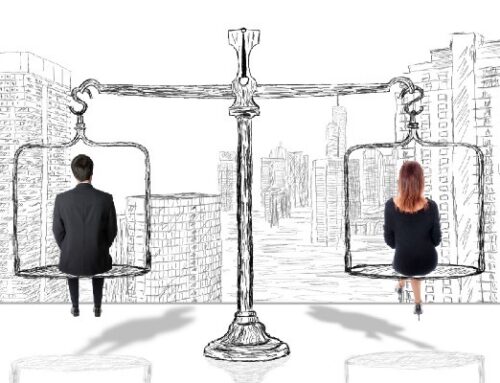“Globalisation is here to stay. Today, there are more than 230 million expatriates worldwide. Every 44 seconds an expat moves abroad. In 2019, the number of international migrants globally reached an estimated 272 million. Out of which, 202 million of them, an equivalent to 74 per cent of the global migrant population, were between the ages of 20 and 64. More than three-quarters of international migrants are of working age. So this is a matter not to be taken lightly.
Globalisation has made our world more integrated than ever before…. However, despite its positive impact on significant economic growth and global connectivity, it is routinely decried for its disruptive effects, particularly as it relates to local culture and community enterprises and institutions. So the questions remain about its steamrolling influence on the culture.
What cannot be ignored is that globalisation is a reality that is redefining how people live and work together.
How is Globalisation shaping our societies?
The Melting Pot theory is based on having a shared culture. Having many facets of different cultures into one single image or culture. Generally, there is one single unifying identity.
Whilst the Tossed Salad theory (I personally prefer to refer to it to mosaic culture) implies that there are many diverse traits that make every place in a particular culture unique. Here there is no single unifying identity.
Melting Pot Theory
The melting pot is a metaphor for a heterogeneous society becoming more homogeneous the different elements “melting together” into a harmonious whole with a common culture. It is particularly used to describe the assimilation of immigrants to USA; the melting-together metaphor was in use by the 1780’s.
Pros
• People are more unified
• Already unified in time of crisis
• Increase the standard of living
• Can provide indigenous peoples with skills to succeed
• America demonstrates that assimilation can succeed
Cons
• People are less tolerant of other ethnics
• Example of assimilation is with the First Nations
• Enforces English, which leads to rebellion
• People are expected to shed their own culture
• Loss of many characteristics of absorbed group
• Forbids any formal governmental recognition being given to groups of different kinds.
Tossed Salad/ Cultural Mosaic Theory
“Cultural mosaic” defines a mix of ethnic groups, languages and cultures that co-exist within society. The idea of a cultural mosaic is intended to champion an idea of multiculturalism.
Pros
• People are more tolerant of other ethnics
• Better for immigrants
• People are allowed to practice their own culture
• People are more likely to learn English
• People feel welcomed
• There is more recognition to minority groups
• The ideas from diversity of viewpoints will strengthen the host country
• A greater chance that the immigrants will fight for their host country
• Attempts to create unity through difference
• Provides the public sense of free speech
• Democratic
• Can help separate conflicting groups
• Economically beneficial to immigrants and the host country
Cons
• people are not very unified
• loss of culture of the host country
• It highlights difference and can increase hate crimes
• It is less successful because of having to do with problems of social cohesion, conflict, and even violence
• Encourages damaging claims to victim-hood
• Could cause the false mashing of identities
Some view assimilation as a force for unity. Some view assimilation as an attack on identity.
Some believe preserving heritage is a sense of pride and individuality. Some view preserving heritage as a sign of stubbornness and division.
I am curious to hear your thoughts on how you think we should approach ideas, values, cultures and traits. Do you prefer a melting pot theory in your company/ country or a mosaic theory? Which style in your opinion, helps to build an Inclusive Culture in today’s increasingly diverse world?









